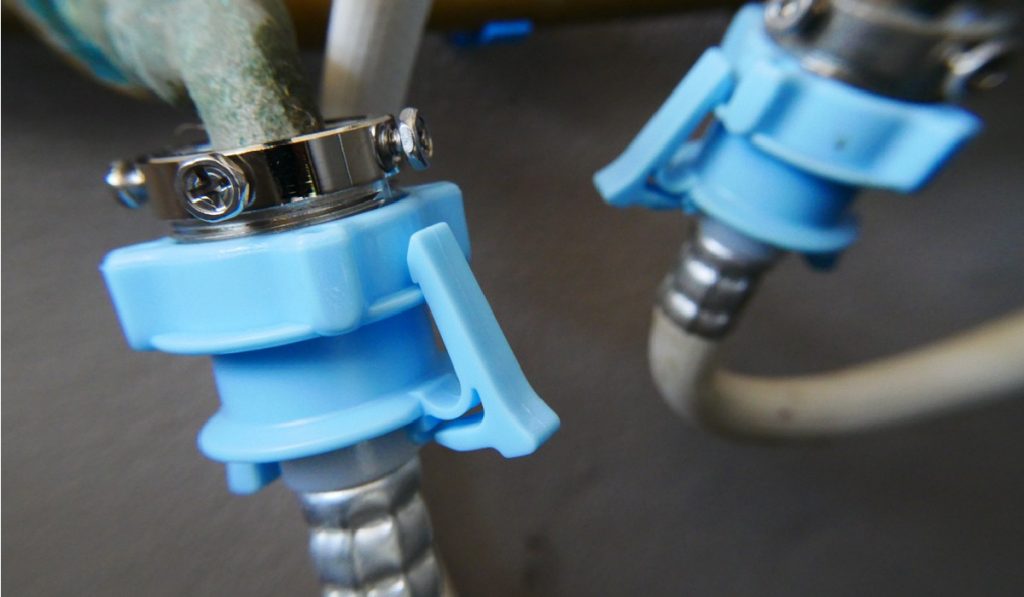How You Can Choose What Hose To Get for Your Garden

As kids, we used the garden hose to wash our feet after playing outside all day. On Sundays, we cleaned our bicycles with it. We probably also helped our parents water the plants with it at some point. Heck, many of us drank water directly from the hose — it was probably unsafe but oh well, it was the closest option.
Anyways, the point is, your garden hose is no less than a super worker who works overtime and does more than they were hired for. And still, an average decent-quality garden hose ends up lasting for 5 to 10 years.
If you have a faulty garden hose, we suggest examining it for repairs. If you figure out it’s time for a new one, say no more. We’ve got you the list of all considerations you need to make before buying a new hose for your garden. Let’s get started!
CONSIDER THE DIFFERENT TYPES
Did you know there were multiple types of garden hoses? Here is an overview of a few primary ones to help you get started:
Coiled hose
This type of hose retracts into a neat coil and prevents you from fighting with it when it’s time to fold it.
Expandable hose
This type of hose is small but when it gets filled with water, it becomes twice or thrice its empty size.
Flat hose
A flat garden hose lays flat when it isn’t filled with water. It’s compact and can be stored easily.
All-purpose hose
An all-purpose garden hose can be lightweight or heavy-duty and is used for all tasks from watering to cleaning.
ACCESSORIES AND ATTACHMENTS
Nozzles, sprinkler heads, garden hose threads, timers, and whatnot. You may buy these accessories either separately but it’s better if you’re getting them along with your garden hose. You’ll need your garden hose threads, also known as couplings to fit on your faucet, nozzles to define water flow, sprinklers to help you water your big lawn, etc. You may also buy a timer so you can water for a set period even while you’re on vacation.
LENGTH AND DIAMETER
Hoses typically are 25, 50, 75, and 100 feet long. The wider they are, the more water your hose will be able to carry. High length and diameter will also make your hose heavier and hence difficult to carry and fold.
PSI
The water flow or flow rate of your hose is measured in pounds per square inch (PSI). The tougher and wider the hose is, the higher PSI it will have.
MATERIAL AND FLEXIBILITY
If a hose is too flexible, it will bend out of shape easily. If a hose is too stiff, you’ll have difficulty coiling it. You need a hose with moderate flexibility — it should be easy to coil and uncoil but shouldn’t kink.
Overall, garden hoses are made of vinyl, rubber, or a combination of these two. Rubber hoses are generally more expensive but also more durable.
USE AND DURABILITY
If you’ll be using your garden hose occasionally, there’s no need to purchase a heavy-duty hose. If, however, you’ll be using it for multiple tasks including watering and cleaning, get a durable, heavy-duty hose.
BUDGET
The price of a garden hose usually correlates to the attachments it comes with and its quality. A 25 feet garden hose should cost anywhere between $25 to $60.
SUMMING IT UP WITH SOME GARDEN HOSE MAINTENANCE TIPS
If you’re looking to get the best out of your hose, make sure to improve its lifespan by utilizing these tips:
- Unplug your hose when the gardening season is over and store it carefully.
- Toll your hose into a reel to avoid kinks and stubborn bends.
- Make sure you put your hose away after each use.